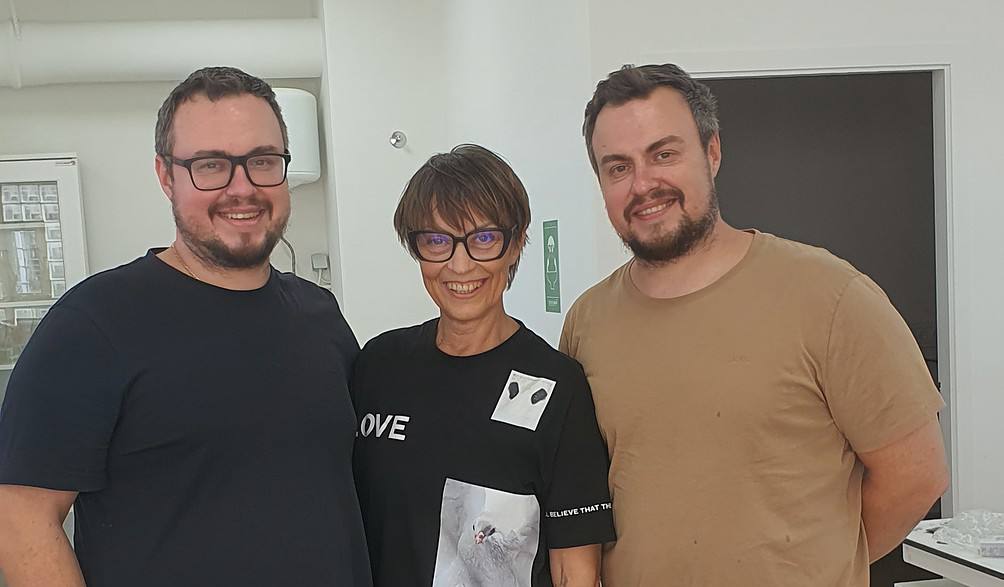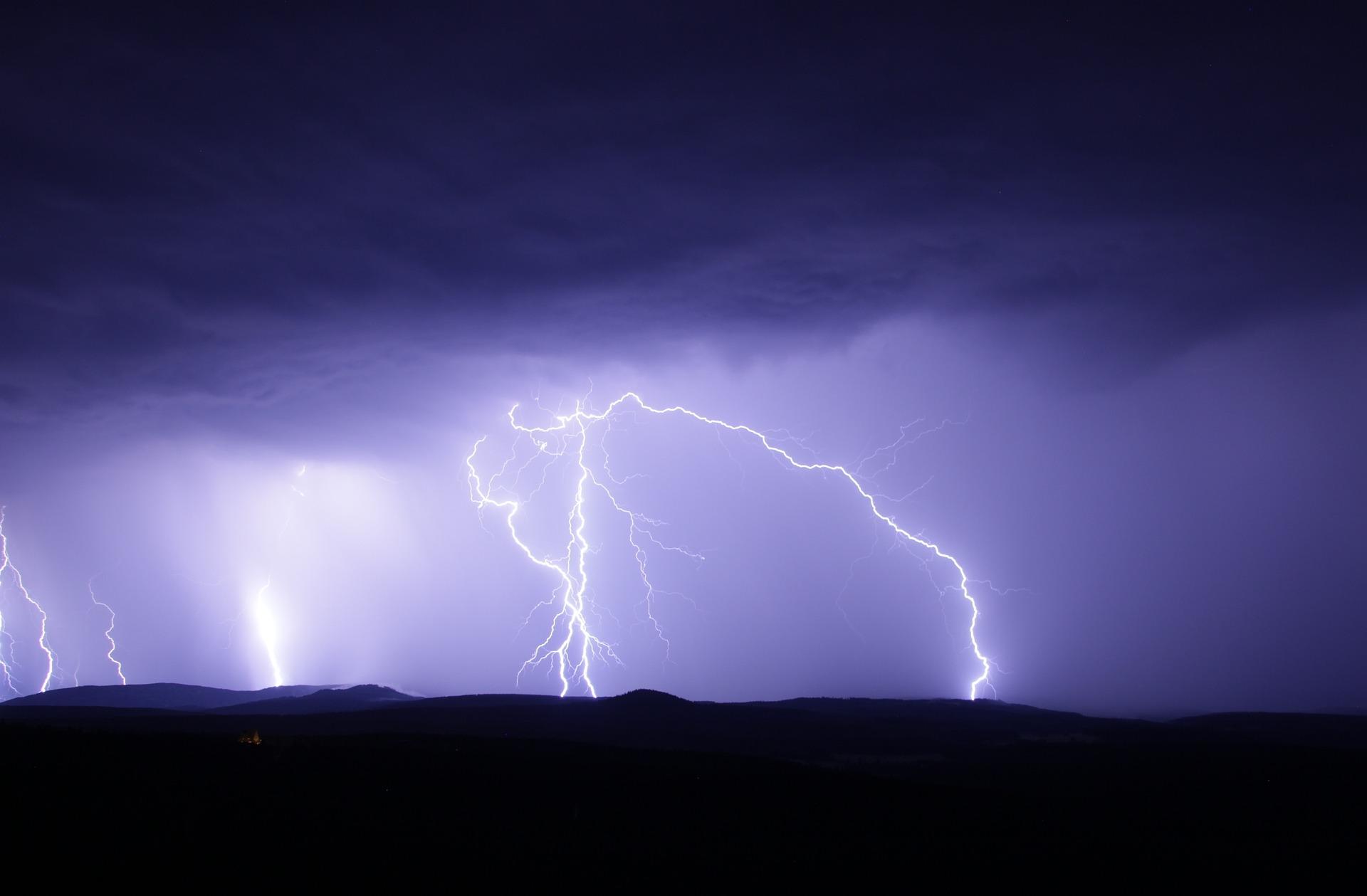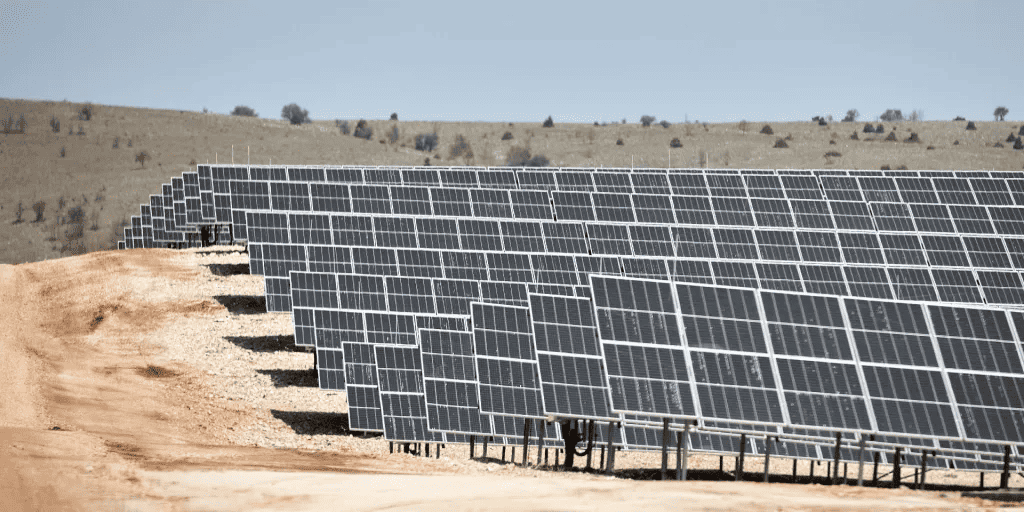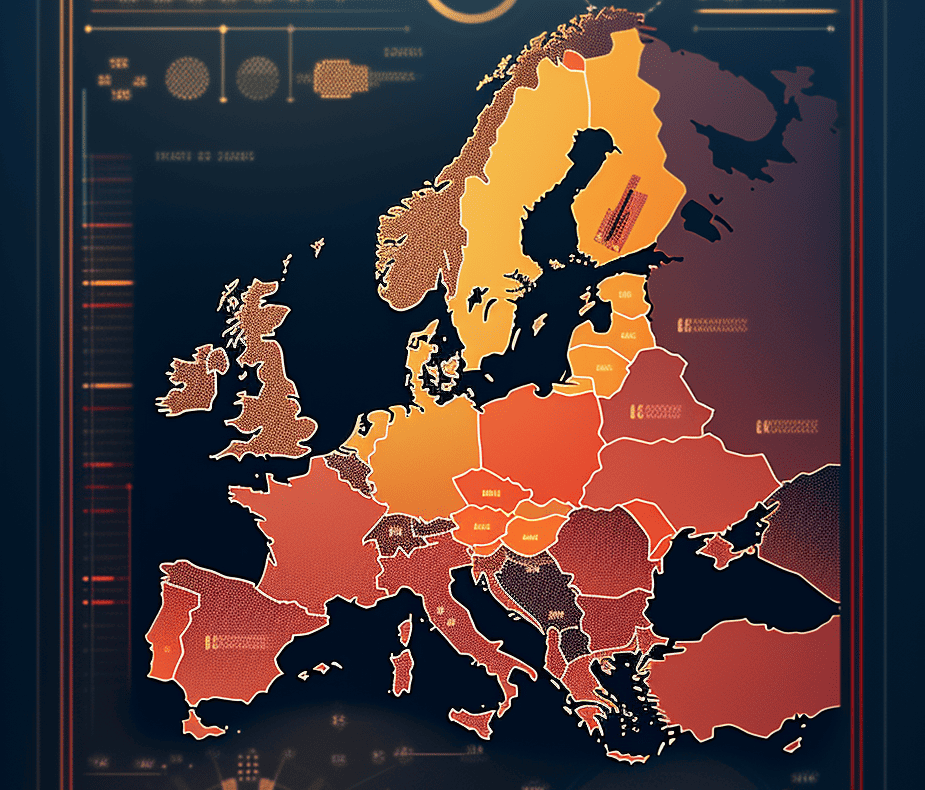
About Cascatachuva
- Founders: Andriy, Svitlana and Sergiy Lyubchyk
- Founded in: 2021
- Employees: 8
- Money raised: -
- Ultimate goal: Producing electrical energy through direct conversion of the humidity adsorption energy.
When we think of the green energy sources, solar and wind energy come to mind first. But thanks to the innovative strides of Portuguese start-up Cascatachuva—founded by twin brothers Andriy Lyubchyk and Sergiy Lyubchyk, along with their distinguished chemical engineering professor and mother, Svitlana Lyubchyk—soon humidity will be added to that list. In this installment of the Start-up of the day series, they tell us more about their technology.
- Cascatachuva pioneers humidity as a green energy source alongside solar and wind.
- Their technology captures airborne water molecules, guiding them through nanoscale channels to generate electricity.
- If harnessed globally, atmospheric humidity could cover up to 500 times the current energy needs.
How does your technology work?
Andriy: “We can generate electricity from atmospheric humidity, as we have engineered a nanomaterial that, in basic terms, captures airborne water molecules and directs their movement through nanoscale channels, yielding an electric charge.
New nanoscience breakthroughs have been crucial to our success. With a system that operates at the molecular level and comprises tens of thousands of channels, we’ve achieved remarkable efficiency in generating electricity.”
How much can your technology contribute to a greener future, compared to solar and wind energy?
Andriy: “Our technology has the potential to be a game-changer in the realm of sustainable energy. To put it in perspective, based on our estimations, if we were to convert all the atmospheric humidity into energy, we could cover up to 500 times the current global energy needs.
While solar and wind energy are already established players, our innovation opens up a new avenue that complements these sources and adds a layer of reliability, especially in regions with abundant humidity. Our initial focus lies on Europe, and we are setting our sights on the continent to commence our journey. With humidity levels averaging around 70 percent in most EU countries, the conditions here are ideal for our technology.”
Up until now, what are you most proud of?
Svitlana: “Our journey has been marked by several significant milestones that prove the viability of our technology. Currently, we are focused on demonstrating the effectiveness of our engineering prototype at a real-scale level. The progress we’ve made so far and the partnerships we’ve forged, such as with major player Vattenfall, , make us immensely proud.”

What challenges are you currently facing?
Andriy: “One of the primary challenges we’re addressing is stability. Specifically, dealing with a technology that involves water brings its own set of complexities. While we harness the power of humidity, the technology itself should not get into contact with water. Ensuring our system is reliable under varying conditions is a critical aspect of our development process.”
What is going to happen in the future?
Andriy: “We are in the midst of a multi-phase development process. Our immediate focus is on establishing a pilot production line. This involves seeking investments and scaling up production.”
Are you confident you can contribute to a greener future?
Sergiy: “Absolutely. In order to be fully independent of fossil fuels in the future, we have to utilize distinct energy sources for electricity generation. So we envision our technology as a significant asset.”
How is it like, to have a company as a family together?
Svitlana: “We are like a classic dragon with three heads (*laughs). As a family, we have great advantages because we know each other very well. There is a strong emotional connection, resulting in full trust and the possibility to utilize each other’s strengths depending on the situation or specific needs. Thus, we achieve an optimal distribution of responsibilities.”









